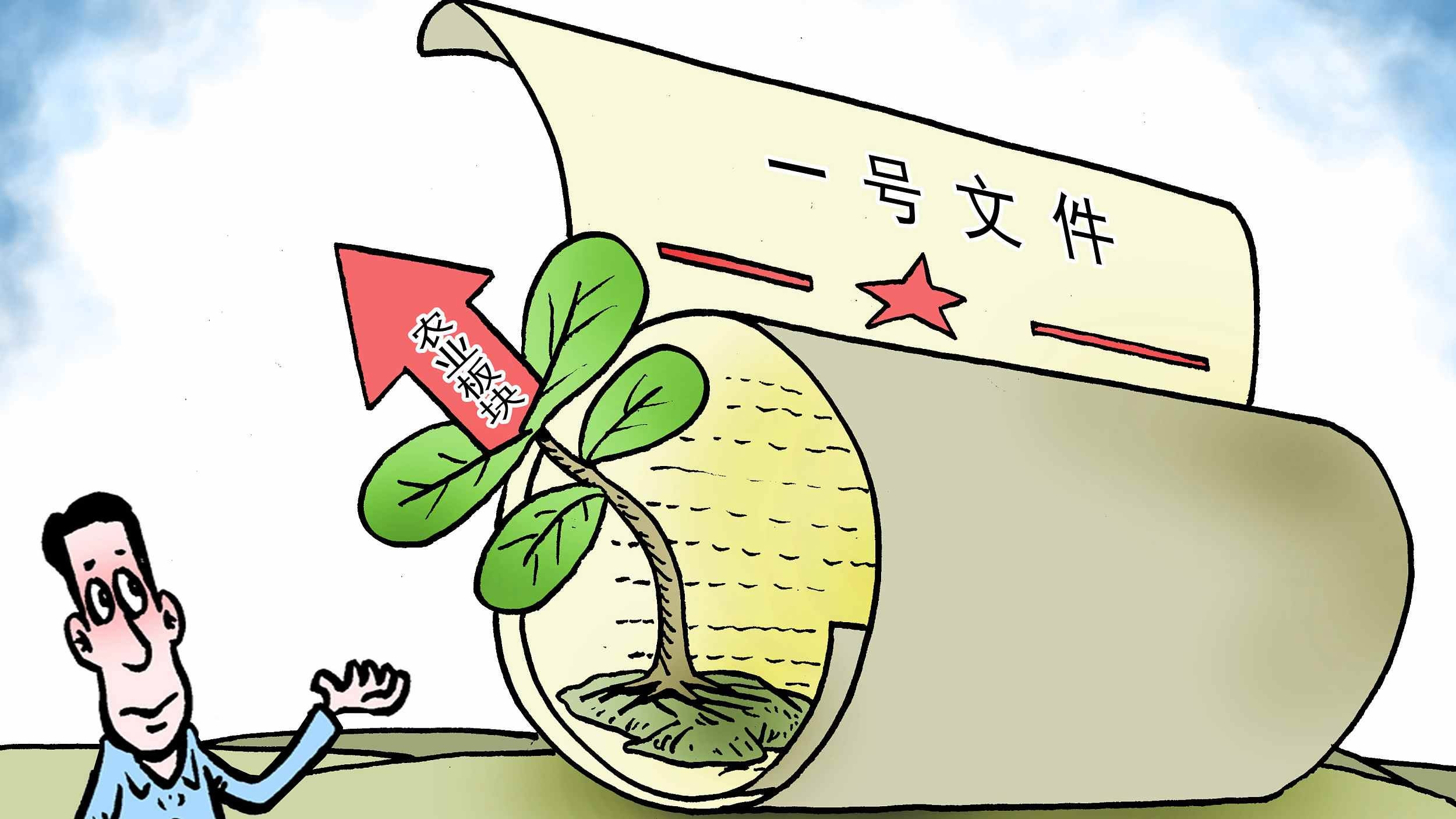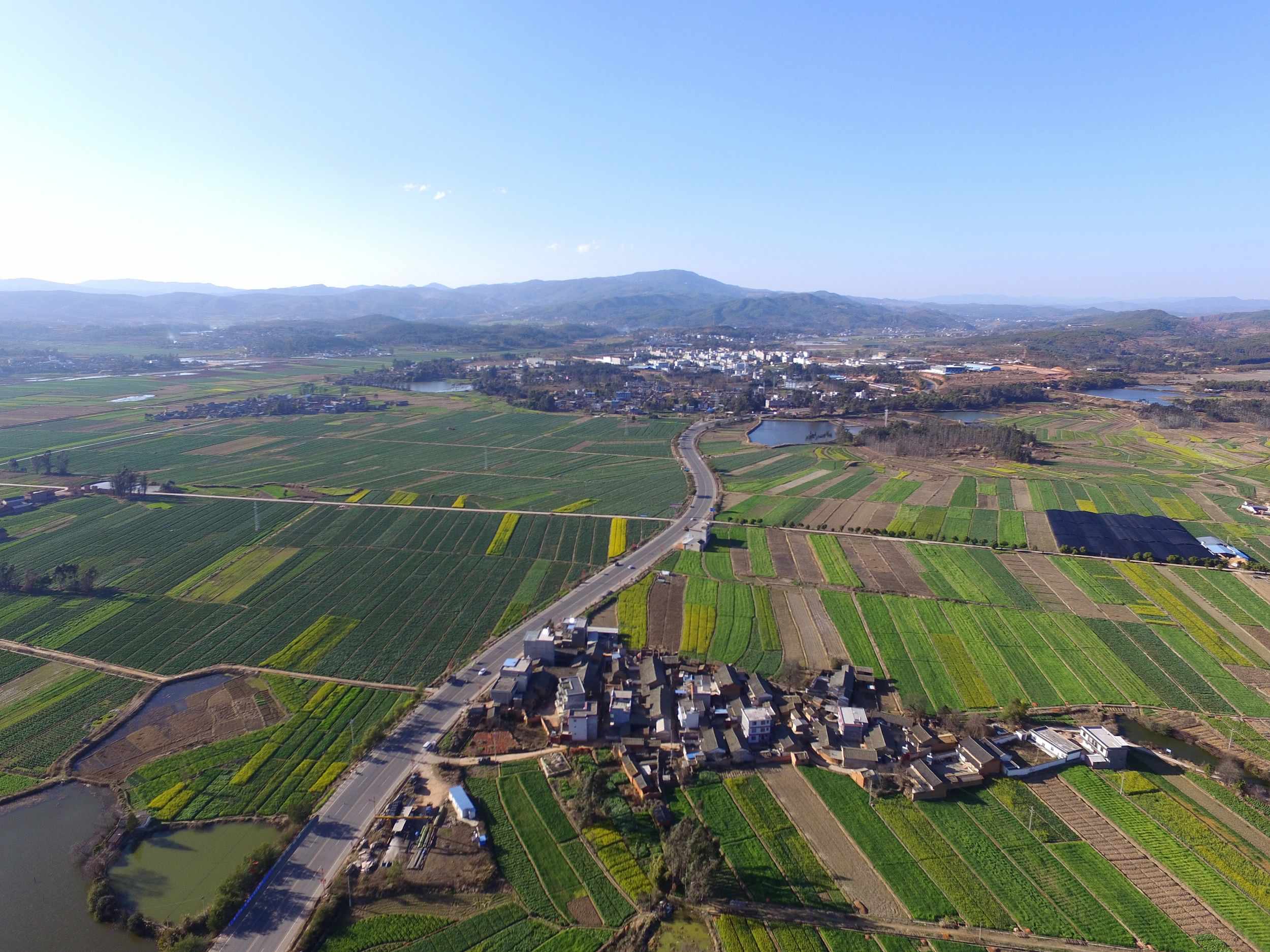
Business
10:58, 04-Feb-2018
China’s 'No. 1 Document' to continue land reforms as part of revitalization strategy
Guest commentary by Li Yong

At the beginning of each year since 1982, China's central government has released the so-called "No. 1 document," which provides key central government policy guidelines on agriculture and rural development.
The name “No.1 Document” reflects the top priority the central government has given to its agricultural sector and would normally address the so-called “San Nong Wen Ti (三农问题),” in areas of “Agricultural Development,” “Rural Community (often referred to as “Rural areas” in the same context) and Farmers (sometimes called “villagers”).
As reforms in China’s agricultural sector deepens, the government is expected to stage more drastic reform measures to deal with barriers that hamper the healthy development of China’s rural economy.
It is widely believed that the 2018 No. 1 Document, which will be released soon, if not today, will reflect the general consensus already achieved in the country’s annual Agricultural Work Conference held in late December 2017, which is the revitalization strategy of rural townships and villages.
As an important pillar of the revitalization strategy, also the core content of the rural reforms, land reform will continue to top the agenda among other priorities, such as supply-side structural reforms, agricultural modernization and upgrading of the institution and capability of rural governance.

VCG Photo
VCG Photo
Unlike most other countries, China’s rural land is collectively owned and has been contracted to rural households based on the household contract responsibility system, which was established during China’s economic reform in the late 1970s.
Because of the lack of liquidity in the market, land-use rights remained inert and not transferable as the right to property until 2014, when the government started to reexamine land use policies and launched a pilot program to experiment the land-use right transfer by farmers in exchange for some income.
The background of the pilot program was the so-called “hollowization” of rural villages as a result of industrialization in urban areas, which attracted farmers to migrate to and live in cities.
Two consequences have resulted from “hollowization”:
1) unattended farm lands as contracted to farmers who are now working in urban areas
2) uninhabited rural homes and unused homesteads allocated to farmers, who do not live in their villages anymore
There are about 250 million mu (16.7 million hectares) of homesteads in China and around 479 million mu of contracted farm land are put up for “circulation” in the market by end of 2016.

VCG Photo
VCG Photo
To fully tap into the potential of the land for homesteads and optimally utilize the farmland that are being circulated in the market, the central government initiated trial reform measures that separate the so-called “three rights.”
In the case of contracted farm land, the right of collective ownership, the contracting right of farmer households and operating right of rural land are separated so that contracted farm land can be transferred to “able” farmers or agro-industrial investors for a price without impairing farmers’ legitimate rights in terms of ownership, and contracting qualifications.
The same logic of “separation of three rights” also applies to homestead sites in order to manage the negative externalities associated with the non-transferable nature of such sites.
Owners of homestead sites are now allowed to receive a price for the transfer of the rights, or invest the site as a shareholder (to receive dividends), or collateralize it for bank loans (to finance their business start-ups).
The reforms on the contracted farm land system and the leasehold system of homestead sites were intended to liberalize the grip by the government and allow the market to play a role, so that the farmers will have extra revenue streams to improve their standard of living. As such, farmers are also given a market environment and equal rights to weigh the costs and benefits of their transfer decisions.
As those measures were tested, there were conundrums and bottlenecks that would require central government to streamline conflicting rules and regulations, some of which would even necessitate amendments to existing laws, to facilitate the reforms.
The 2018 No. 1 document is, therefore, expected to further push forward the reforms, and hopefully will provide solutions to some of the issues as encountered in the reform process.
(The author is deputy secretary-general and vice chairman at China Association of International Trade. The article reflects the author’s opinion, and not necessarily the views of CGTN.)

SITEMAP
Copyright © 2018 CGTN. Beijing ICP prepared NO.16065310-3
Copyright © 2018 CGTN. Beijing ICP prepared NO.16065310-3